Optimal Seasons for Residential Framings
Residential framings are most effectively completed during periods with stable weather conditions. Timing can influence the quality, safety, and efficiency of the framing process, impacting project timelines and costs.
Spring offers moderate temperatures and longer daylight hours, making it suitable for framing projects. However, occasional rain can cause delays.
Summer provides warm weather and dry conditions ideal for framing, but high temperatures may require additional precautions for workers.
Fall can be optimal with cooler temperatures and less rain, but early frosts might affect material handling and curing times.
Winter poses challenges due to cold temperatures and snow, which can hinder construction and affect material integrity.
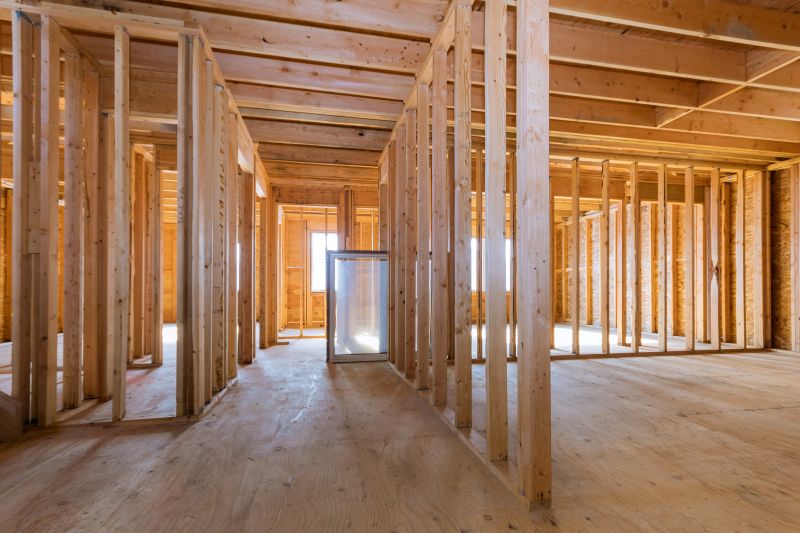
Ways to make Residential Framings work in tight or awkward layouts.

Popular materials for Residential Framings and why they hold up over time.
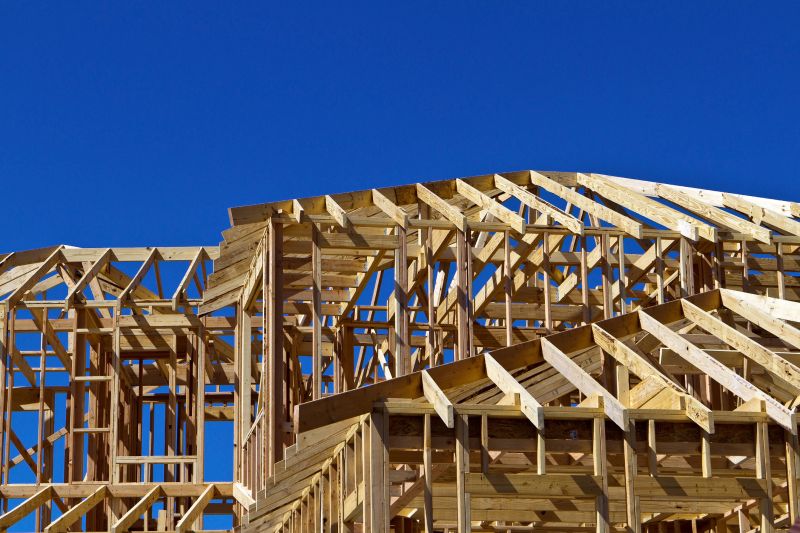
Simple add-ons that improve Residential Framings without blowing the budget.
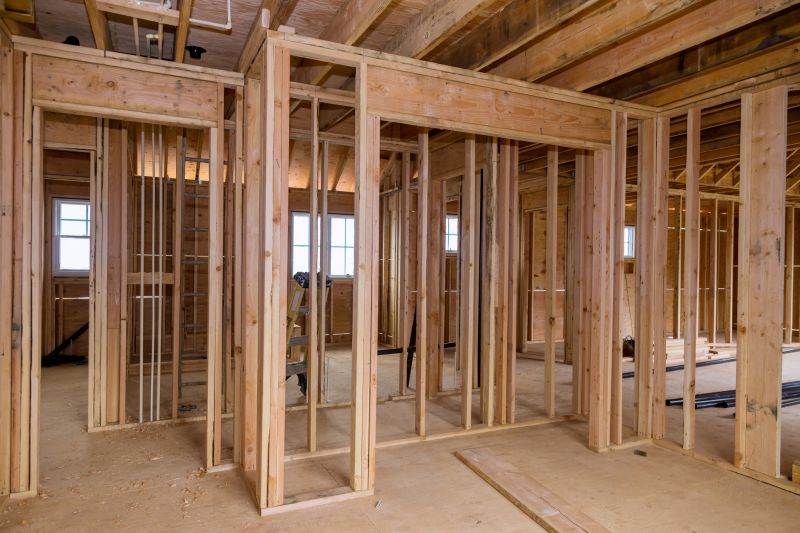
High-end options that actually feel worth it for Residential Framings.
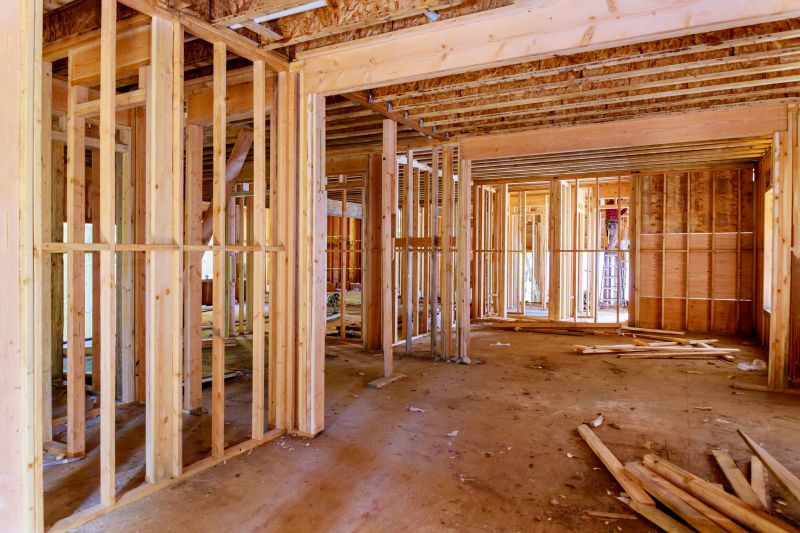
Finishes and colors that play nicely with Residential Framings.

Little measurements that prevent headaches on Residential Framings day.
Residential framing involves constructing the skeleton of a home, including walls, floors, and roof structures. Proper timing ensures materials are installed under optimal conditions, reducing potential delays and rework. Weather impacts, such as temperature fluctuations and precipitation, can influence the durability and safety of the framing process. Studies indicate that scheduling framing during stable weather periods can decrease project duration by up to 15% and reduce material waste.
Selecting the appropriate time for residential framing depends on regional climate patterns and specific project requirements. Planning ahead for favorable weather windows can lead to smoother workflows and better-quality outcomes for residential construction projects.
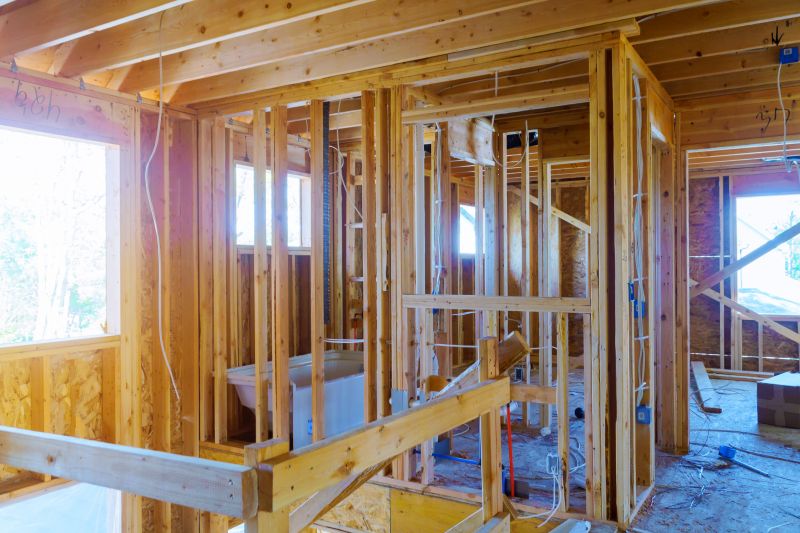
A 60-second routine that keeps Residential Framings looking new.
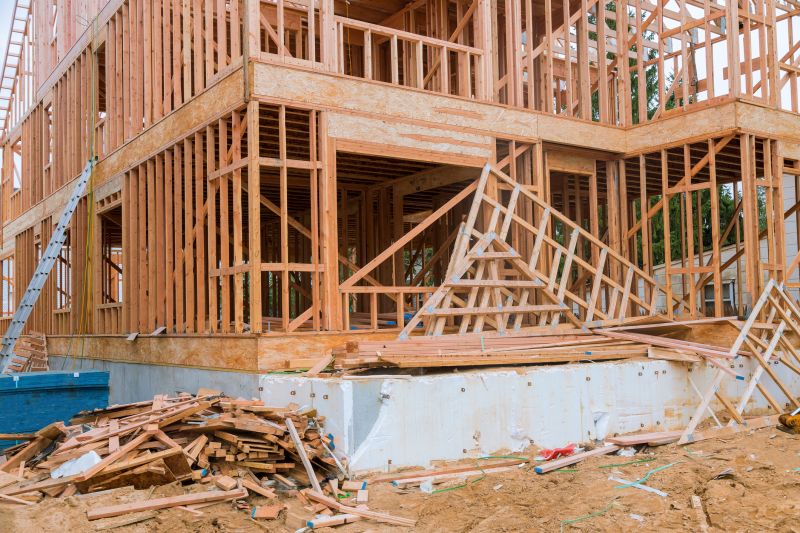
A frequent mistake in Residential Framings and how to dodge it.

Small tweaks to make Residential Framings safer and easier to use.
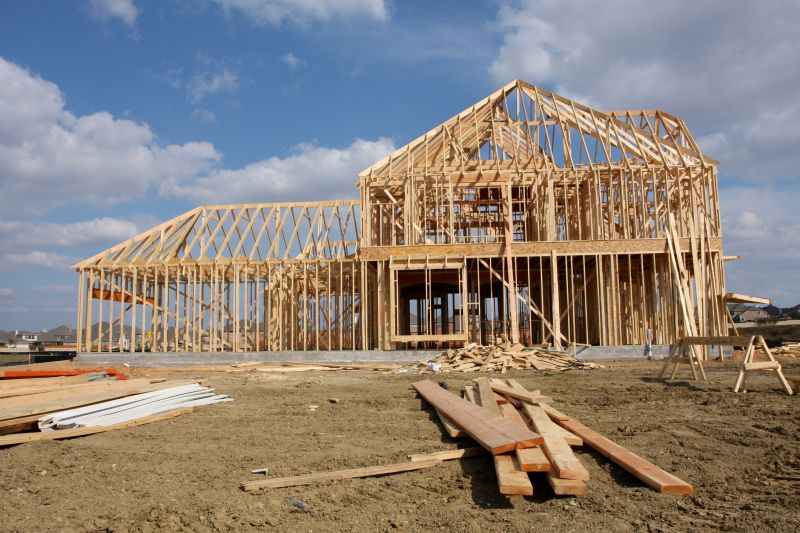
Lower-waste or water-saving choices for Residential Framings.
| Season | Optimal Conditions |
|---|---|
| Spring | Moderate temperatures, longer days, some rain |
| Summer | Warm, dry weather, longer daylight hours |
| Fall | Cooler temperatures, less rain, early frosts |
| Winter | Cold temperatures, snow, potential delays |
| Late Spring | Ideal for early construction phases |
| Early Fall | Suitable for framing before colder weather |
Understanding seasonal variations helps in planning residential framing projects efficiently. Proper timing minimizes weather-related disruptions and ensures the structural integrity of the build. For optimal results, construction schedules should align with regional climate patterns and project-specific needs.
